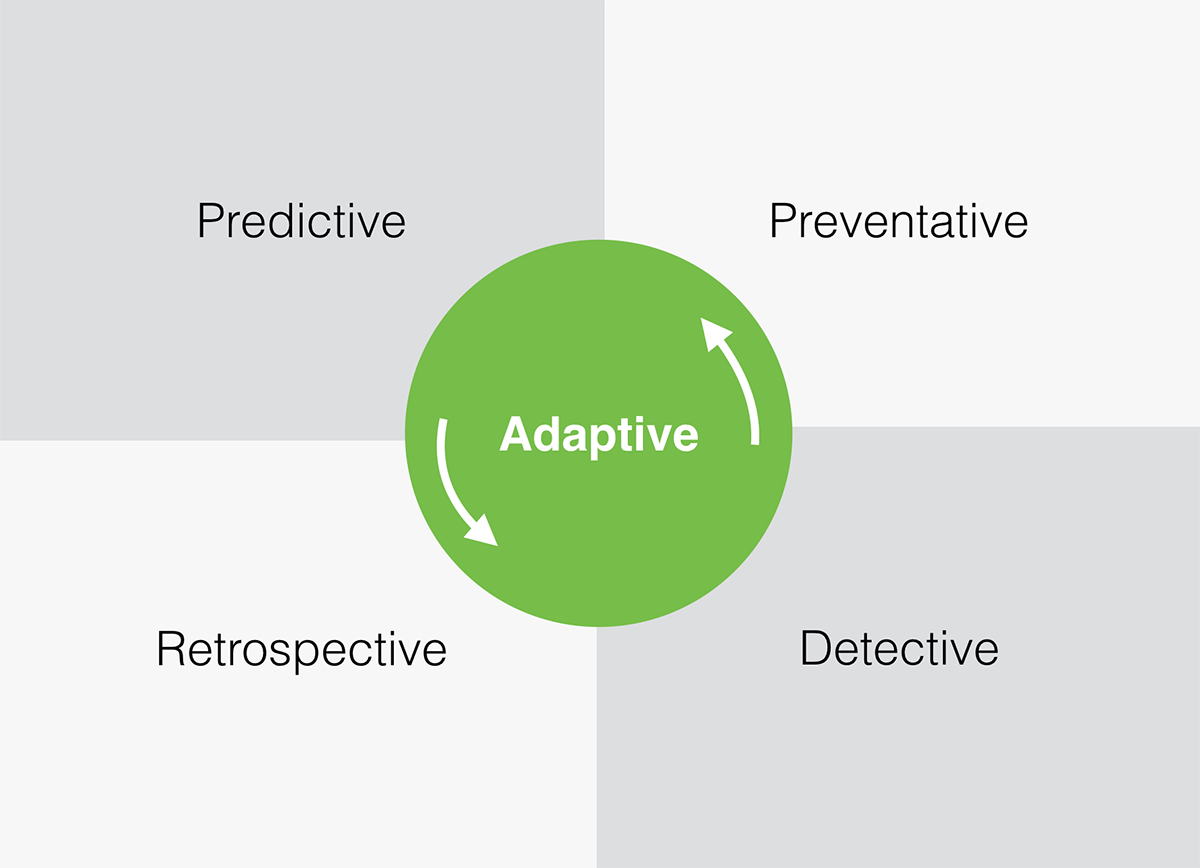It can sometimes feel like technology is evolving too fast to keep up. But peek into the industry a bit, and you can see some trends emerging before they explode. Those are the things companies need to think about so they can capitalize on technology trends as they go mainstream.
There will be plenty of new opportunities to take advantage of in 2017. From virtual and augmented reality to better security and fast-paced project. Now is the time to start planning which trends will be a part of your focus.
Don’t feel like you have to jump on every technology trends for 2017; pick the ones that are most relevant to your business. But understanding what’s happening across the technology landscape is key to staying current and being primed to innovate.
1. Virtual and Augmented Reality

Users will jump into worlds that don’t exist, or places where what’s real is stacked with informational and game-style elements. Those are the concepts behind virtual reality and augmented reality.
While the line between the labels is somewhat blurred, most people think of virtual reality as a fantasy or gamed-based immersive digital environment, and augmented reality as a mix between what’s actually there with three-dimensional add-ons (think Pokemon GO).
With a number of devices flooding the market, it’s likely that these “new realities” will be a big part of the digital landscape. Just imagine users trying your product from a headset device before they buy online (having never touched it in a physical store). Maybe your company provides directions via a device or game to help people find, or want to visit, a location.
The opportunities to cross between real and perceived worlds is almost endless at this point, and you need to start thinking about how to engage with this new generation of users.
2. Internet of Things

Does your refrigerator know when you are out of milk? It’s possible that it soon might. The “Internet of Things,” or IoT, is a phrase that encompasses all the “smart” devices in your home. It’s the networking of physical objects embedded with mini-computers or internet access so they can send and receive information.
Just think of the possibility of every appliance in your home working in the same way as your iPhone. It’s one of those concepts that’s been around for a little while, but smart products are only now really starting to hit the market. Washers that text you when the cycle is finished, cameras that tell you if someone is on your property, pet food dishes that you can access from an app – these are all part of the internet of things.
For most companies, thinking about these objects occurs because they build something that could be made smart, or because they could potentially connect to the internet of things via a website or app. Do you fall into either of those categories?
3. Adaptive Security
Nearly 1,000 companies that you probably do business with experienced some type of data breach in 2016, including Yahoo!, Verizon and a number of banks and other agencies, according to the Identity Theft Resource Center. What that means for your business is that more than ever, the need for better security is important.

One way to think about better security is through an adaptive security architecture. Simply put, this means that security must be fluid and adaptive. It’s about putting practices in place to predict, prevent, detect and respond to security issues. Forget responding to specific “incidents” of security breaches, and think more about continually monitoring your systems in a way that assumes they are compromised, and can respond and remedy appropriately.
Thinking predominantly about preventing security breaches can mask the reality of what you might not want to hear — that system compromises may already have happened (or currently be happening). An adaptive approach that places as much emphasis on detection and response as it does on prevention is key.
4. Bimodal IT
Handling IT for your corporation might not seem like an area best primed for innovation in 2017, but for companies looking towards digital innovation this year, a Bimodal strategy can be a timely approach.
It’s about having two “modes” of operation for your IT department and projects. The first, “Mode 1”, is for core system maintenance, slower moving development, and internal specialists.
The second, “Mode 2”, is a stream, team, or process for innovation and development of new projects. It requires a fast-paced turnaround, and a “fast track” to convert ideas into deliverable projects (without the distraction of being responsible for ongoing IT maintenance).
If you have the resources to be able to run these two Bimodal streams concurrently, great. If you’re already stretched thin, working with Mayven is the perfect way to introduce and streamline that second “Mode 2” of IT operations. A remote team of professional, experienced developers to turn project ideas into working concepts, fast.
5. Mobile Continues to Be Important

The number of people using smartphones topped 2 billion in 2016. With faster, more reliable cellular connections and more wi-fi access in more places around the world, this number is likely to keep growing. Fewer people will use hard-wired connections for communications.
This means you need to provide information that can be accessed by users in this manner. That includes everything from building a website that’s responsive and loads quickly on any type of connection, to thinking about ways that users communicate.
More mobile usage can translate into things such as less voice communication and an expectation of instant response times for businesses. Users may want to text, email or tweet instead of call and they will expect an immediate response.
Mobile adoption has created a trickle-down effect that was somewhat unexpected. The world moved to a 24-hour business day, and you need a plan to keep customers who expect that type of service happy.
6. Machine Learning
Machine learning is a tricky and highly complex computer technology, where algorithms allow computers to learn from data input without explicit programming. Machine learning explains how Siri learns your voice and what you want over time or how Amazon recommends just the right item based on your shopping habits.
In wider applications, machine learning can be expanded to the enterprise level for businesses (and frankly, to any area where patterns can be found and developed). And it’s not just for fun applications like Siri, machine learning can have practical uses as well such as detecting credit card fraud or helping streamline manufacturing processes or inventory ordering.
7. Faster, More Ubiquitous Internet Access in Developing Countries
The world is seemingly getting smaller every day. Worldwide Internet access is a technological innovation that is equal to some of the most impactful inventions of all time – movable type, electric motors and radio.
While growth seems to be slowing somewhat, the internet is becoming more accessible to more parts of the world. The result of more ubiquitous internet access? More connected economics, greater potential for international communication and trade, and a world without digital borders because everyone will have access to the same things.
It might sound like a pipe dream, but just look at how much smaller the world has become in the past decade. Think about the way you or your company has changed and imagine shifting again with even more people in more places getting online.
8. Data

Harvard Business Review called data scientist “the sexiest job of the 21st century.” With so much information available, someone has to boil it down, make sense of it and help distribute (and redistribute) it in a way that makes sense and is understandable. Computer algorithms can only do so much, but then someone needs to provide analysis.
Then there’s the other part of the data equation. People seem to crave information. Databases where users can look up and search for everything from cycles of the moon to salaries of public officials are hot. Lacking any analytical context, large information deposits are the libraries of the future.
What information could you share? (And how would your business monetize that effort?)
Then there’s all the data you don’t share – website analytics, user profiles, buying habits – all things that help you keep a better idea of who your audience is, what they want and how to deliver it to them.
Conclusion
The scary element when it comes to technology trends is that implementation of some ideas can be costly or fall outside your comfort level. When it comes to tech trends – especially if your company is not a tech company – consider using a partner to help you develop a website, mobile design or VR app to make the development that much easier.
Working with Mayven can be the perfect way to make sure your business is well-placed to take advantage of new trends and technologies, with a reliable team of developers building your project.




